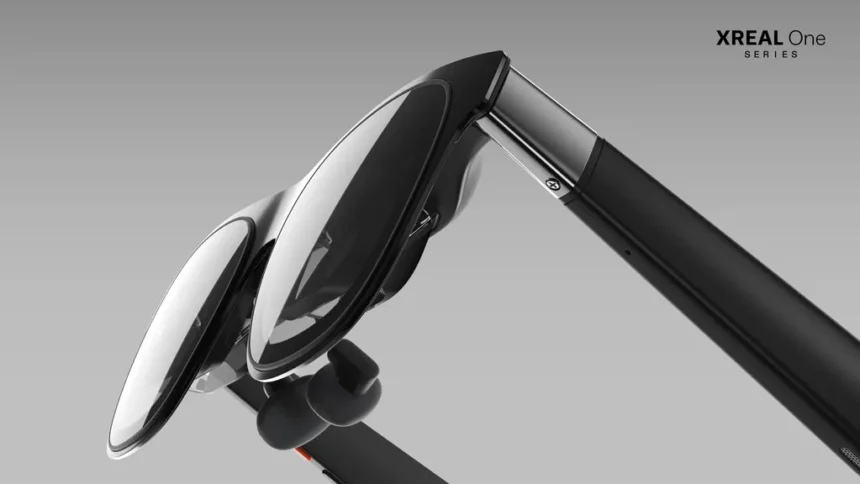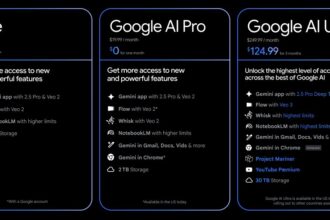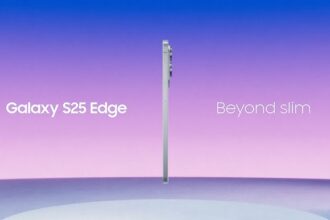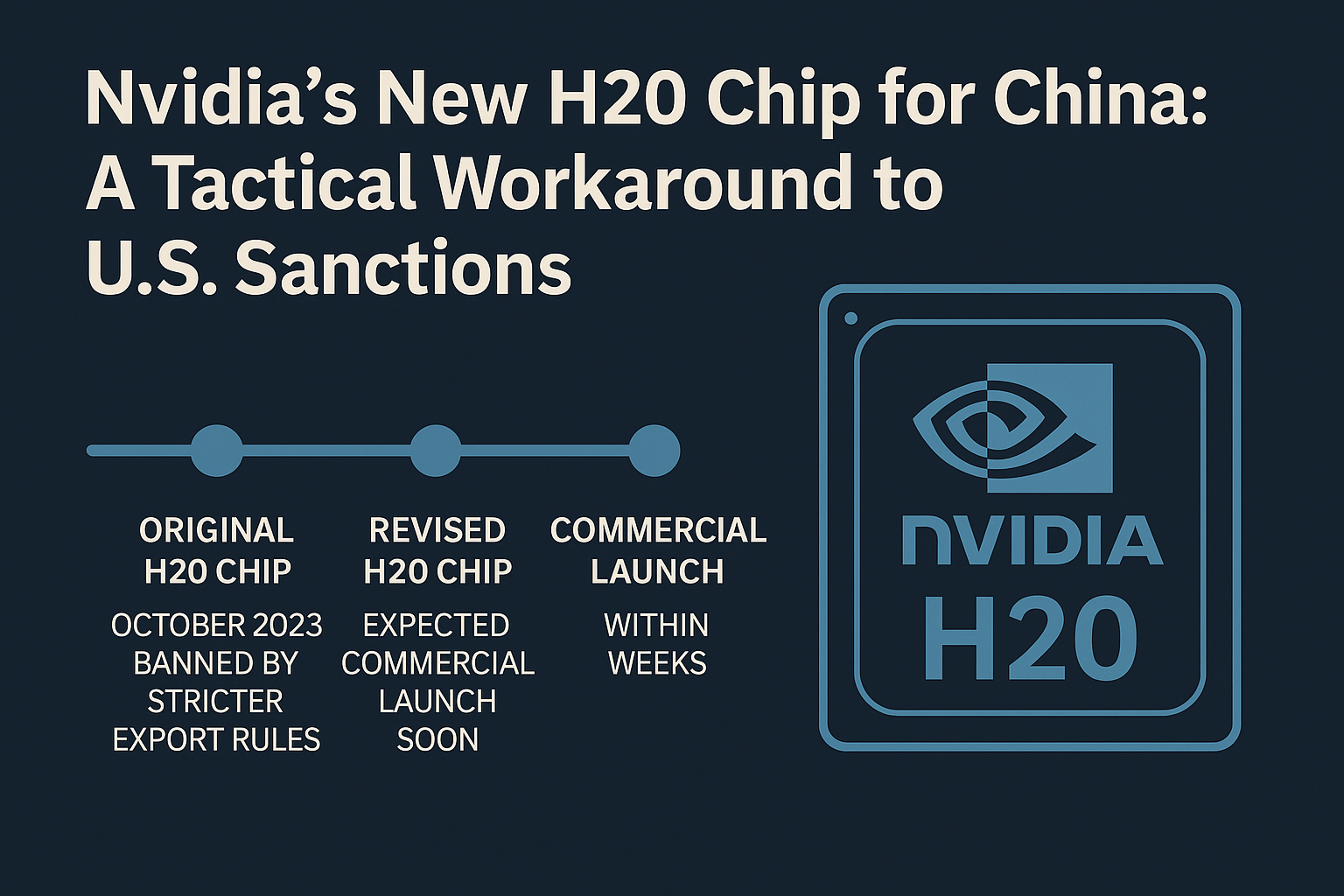This Wednesday, the company Xreal announced its newest AR glasses, called the Xreal One Series. They hope this will help them compete with companies like Meta and Snap. With backing from Alibaba, the Chinese e-commerce giant, Xreal is poised to capitalize on the rising interest in AR technology.
Key Features of the Xreal One Series
At the heart of the new glasses is the X1 chip, Xreal’s first self-designed processor, which significantly enhances the product’s capabilities. This advancement allows users to connect directly to devices such as smartphones, laptops, or game consoles, projecting content onto a large digital screen in front of them. Unlike previous models that required a companion device called the Beam for connectivity, the new X1 chip eliminates this need, streamlining the user experience.
Chi Xu, CEO of Xreal, emphasized the importance of this upgrade, stating, “I think that it’s the biggest upgrade in Xreal history and probably the biggest upgrade for the entire consumer AR glasses sector.” He noted that the development of the X1 chip, which took three years, is crucial for differentiating Xreal’s offerings in a crowded market.
Competing in a Crowded Field
While Xreal is a significant player in the AR glasses market, it faces stiff competition. Snap recently launched an updated version of its Spectacles, and Meta continues to advance its Ray-Ban collaboration. Additionally, Qualcomm is reportedly developing a set of AR glasses in partnership with Google and Samsung.
Xreal is betting on the idea that lighter glasses will win over consumers, as opposed to larger headsets like Apple’s Vision Pro or the Meta Quest. “People have started to realize a headset doesn’t make sense; we need to go to lighter form factors,” Xu explained, highlighting the challenge of delivering a headset-like experience in a more compact design.
Pricing and Market Expectations
The Xreal One starts at $499, while the Xreal One Pro begins at $599. Despite the excitement surrounding AR technology, the market has not yet exploded as predicted. High costs and discomfort associated with large headsets have prompted companies like Xreal and Meta to focus on making the experience with glasses more appealing.
However, Xu pointed out a significant hurdle: the current lack of interesting content and use cases for AR glasses. “We need a platform, we need an ecosystem to improve the experience because we don’t have any content yet,” he said. He believes that strong hardware is essential to attract developers and generate excitement around the technology.
Looking ahead, Xu anticipates selling 500,000 units of its previous products by 2025, effectively doubling this year’s sales figures. As Xreal continues to innovate, the company aims to lead the charge in making AR glasses a mainstream consumer product.














